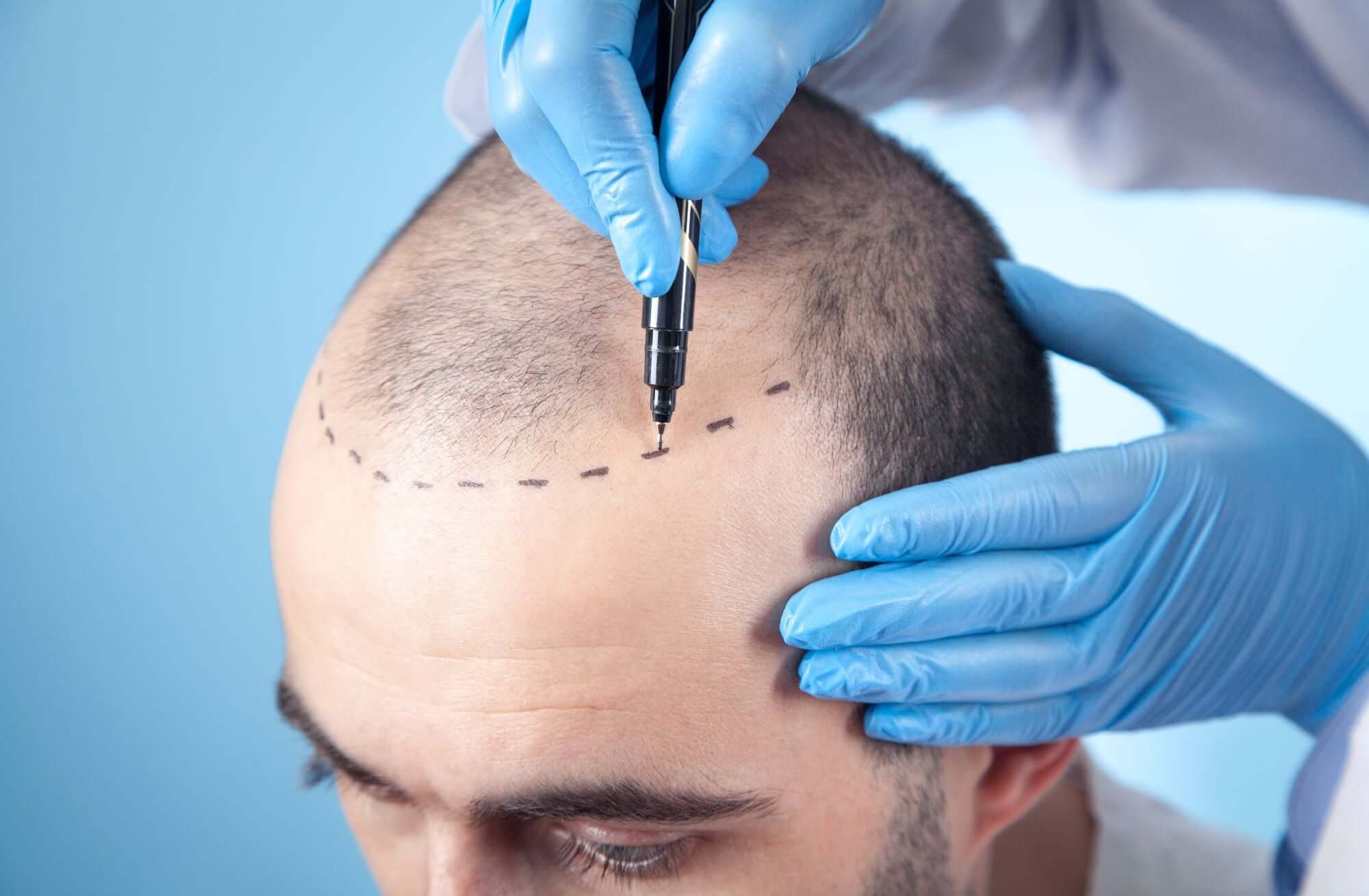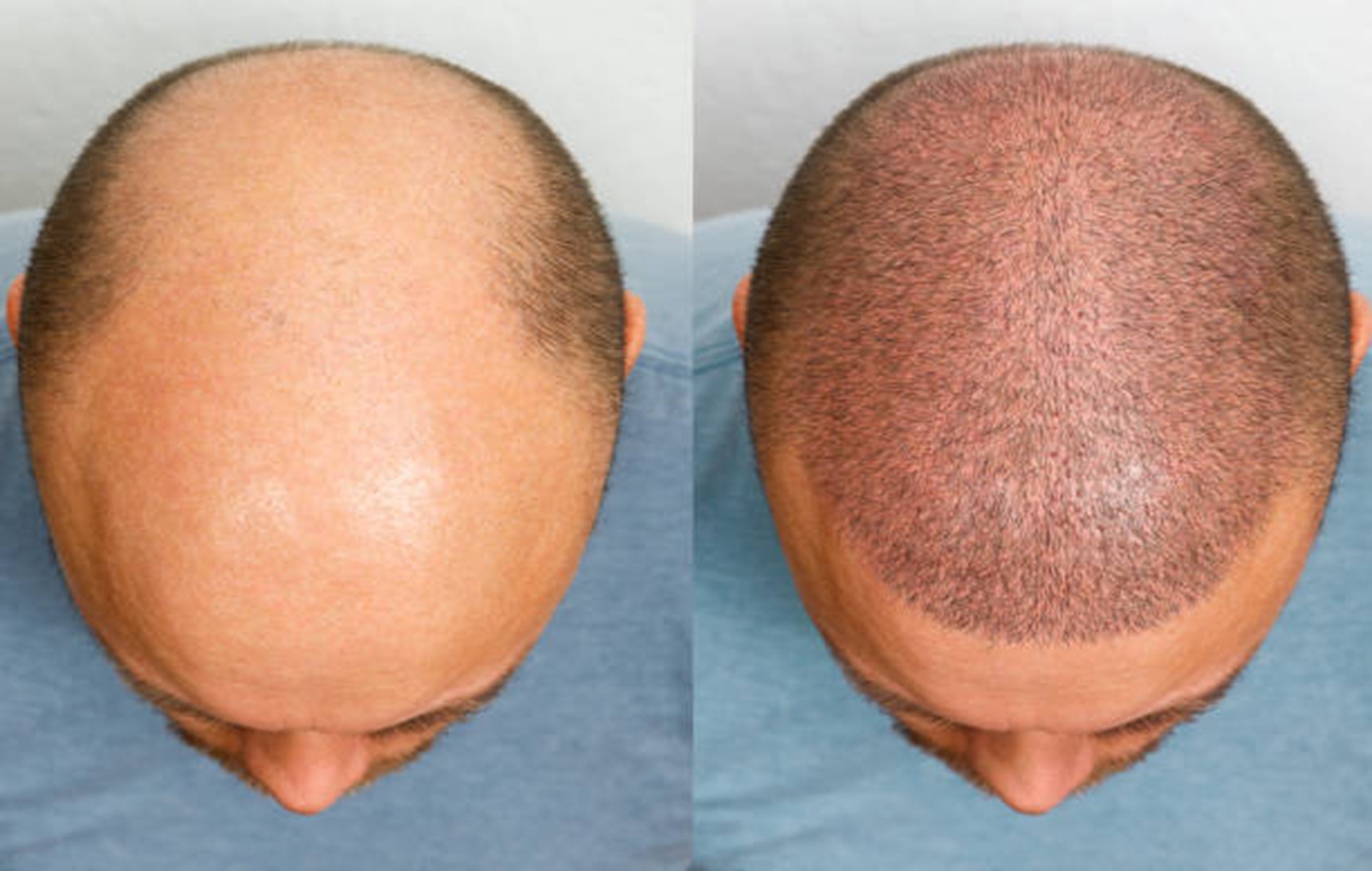Hair transplants have become one of the most sought-after solutions for those dealing with hair loss. With advancements in medical technology, several hair transplant methods are available, each designed to meet specific needs and preferences. In this guide, we will explore the most popular hair transplant techniques to help you make an informed decision on which option might work best for you.
Understanding Hair Transplantation
Hair transplantation involves moving hair follicles from a part of the body, typically the back or sides of the scalp, to an area experiencing hair thinning or baldness. This procedure is generally used to treat male pattern baldness but can also address hair loss caused by injury or disease. There are several methods available, each with its unique advantages and considerations.
1. Follicular Unit Transplantation (FUT)
Also known as the strip method, Follicular Unit Transplantation (FUT) involves removing a strip of skin from the donor area, usually the back of the scalp. The strip is then dissected into individual follicular units, which are carefully implanted into the recipient area.
Advantages of FUT:
- High Graft Yield: FUT offers a higher number of grafts in a single session, making it ideal for those with significant hair loss.
- Natural Results: Since the follicular units are transplanted as they occur naturally, the results are often more seamless and natural-looking.
- Cost-Effective: Because FUT can yield more grafts in one session, it is typically more cost-effective compared to other methods.
2. Follicular Unit Extraction (FUE)
Follicular Unit Extraction (FUE) is one of the most popular and advanced methods of hair transplantation. Instead of removing a strip of skin, individual hair follicles are harvested directly from the donor area and transplanted to the recipient site.
Advantages of FUE:
- Minimally Invasive: FUE does not involve any large incisions, making it less invasive than FUT. This results in minimal scarring, which is usually undetectable.
- Quicker Recovery: Patients undergoing FUE often experience a faster recovery compared to FUT. You can return to regular activities within a few days post-procedure.
- Natural Results: FUE allows for the precise placement of each follicle, ensuring a more natural hairline and density.
3. Direct Hair Implantation (DHI)
Direct Hair Implantation (DHI) is a specialized form of FUE that uses a unique implantation tool, known as the Choi Implanter Pen. This tool allows for the extraction and implantation of hair follicles simultaneously, reducing the time between harvesting and placement.
Advantages of DHI:
- Precise Control: The use of the Choi Implanter Pen allows for greater control over the direction, depth, and angle of the hair follicles, leading to more natural results.
- Less Trauma to Scalp: Since the grafts are implanted directly after extraction, the scalp experiences less trauma, resulting in a faster healing process.
- Reduced Bleeding: DHI minimizes bleeding during the procedure, making it a safer option for those with health concerns.
4. Robotic Hair Transplantation
Robotic hair transplantation is an innovative approach that uses robotic systems to assist in the FUE procedure. This method utilizes artificial intelligence to enhance the precision and speed of hair follicle extraction.
Advantages of Robotic Hair Transplantation:
- Enhanced Precision: The robotic system can identify and extract the best quality follicles, improving the overall success and natural appearance of the transplant.
- Reduced Human Error: Automation reduces the likelihood of human error during the extraction and implantation processes.
- Shorter Procedure Time: Robotics can shorten the procedure time by automating the extraction process.
5. Platelet-Rich Plasma (PRP) Therapy with Hair Transplantation
While not a standalone method, PRP therapy is often used alongside hair transplantation to promote healing and enhance hair growth. PRP involves drawing a small amount of blood from the patient, processing it to concentrate the platelets, and then injecting it into the scalp.
Advantages of PRP with Hair Transplantation:
- Accelerated Healing: PRP injections can speed up the healing process after a hair transplant, helping to reduce downtime.
- Stimulated Hair Growth: The growth factors in PRP can stimulate natural hair growth in both transplanted and existing hair follicles, leading to better overall results.
- Non-Invasive: PRP therapy is a simple, non-invasive procedure with minimal risk.
Choosing the Right Hair Transplant Method for You
Choosing the right hair transplant method depends on various factors, including the extent of hair loss, your budget, recovery time, and your desired outcome. It’s essential to consult with a qualified hair transplant specialist who can assess your specific needs and recommend the most suitable option.
For those seeking a more extensive transplant with a large number of grafts, FUT may be the most appropriate choice. If you prefer a minimally invasive approach with less visible scarring, FUE or DHI might be ideal. Robotic hair transplantation offers an advanced, tech-driven option, while PRP therapy can be a valuable addition to any hair transplant procedure.
Conclusion
Hair transplant technology has evolved significantly, offering multiple techniques to cater to different types of hair loss. Whether you opt for FUT, FUE, DHI, or robotic hair transplantation, each method has its unique set of benefits and drawbacks. By understanding these options, you can make a well-informed decision that best suits your needs and lifestyle.



Comments
Post a Comment